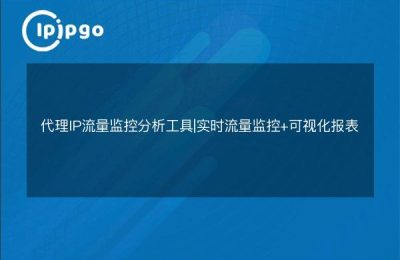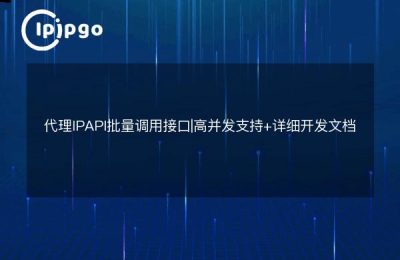
How Proxy IP Pools Work Like Traffic Conductors
Imagine you have ten highway entrances in front of you, and the traffic volume varies greatly at different times of the day. Load balancing of proxy IP pools is like an experienced traffic conductor who will guide the vehicles (network requests) to take the smoothest route based on real-time road conditions (request pressure). Taking ipipgo's 90 million residential IP resources as an example, the system will automatically disperse the intensive requests to servers in different regions such as the United States, Japan, Germany, etc., just like channeling the morning rush hour traffic to different main roads.
Comparison of three core scheduling strategies
Here is a place where newbies tend to step into the pit: many users will put all IPs in a list and call them randomly. In fact, we recommend choosing a strategy based on business scenarios:
| Type of strategy | Applicable Scenarios | ipipgo adaptation program |
|---|---|---|
| polled dispatch | Timed Data Acquisition | Static IP + Timed Switching |
| Responsiveness is prioritized | Instant Messaging Scenarios | Dynamic IP + real-time speed test |
| Priority of success | Payment interface docking | Dual-channel IP pool redundancy |
Intelligent "braking" mechanism for pressure detection
Have you ever experienced a sudden failure of an IP that caused a business interruption? ipipgo'sReal-time Health Screening SystemIt will work like an automobile ABS system: it automatically switches over when it detects an IP response delay of more than 300ms, and immediately isolates the failed node when it encounters continuous errors. There is a key detail in this process - the system will record the failure mode of each IP, and subsequent allocation will avoid the same batch of resources.
Multi-region IP synergy
We have done real test: using a single country IP pool to handle 100,000 requests, the failure rate is 3 times higher than the cross-region solution. It is recommended that ipipgo's 240 country IPs be divided into three groups: the main group (accounting for 60% of total resources), the backup group (30%), and the emergency group (10%). When the average response time of IP in the main group exceeds the threshold, the resources of the standby group will be automatically enabled, and the switching process will be completely insensitive to the users.
interactive question-and-answer session
Q: How do I determine whether I should use a static or dynamic IP?
A: like continuous monitoring of weather data such as the need for fixed exit scenarios with static IP, if the social media operation is recommended to use dynamic residential IP. ipipgo both types are supported, the background can be switched at any time.
Q: What should I do if I encounter an unexpected traffic spike?
A: Set elastic expansion rules in advance in ipipgo console, when the number of concurrent requests exceeds the preset value, the system will automatically activate the reserved IP pool. Pay attention to set up a reasonable fallback mechanism to avoid wasting resources.
Q: How do multiple business systems share IP pools?
A: It is recommended to do hierarchical configuration according to the importance of business. The core business uses an independent IP pool, and the general business shares the public pool. ipipgo supports the creation of multiple sub-accounts, each of which can set scheduling policies independently.
By rationally allocating ipipgo's global IP resources, we can make every network request as if it is equipped with an intelligent navigation system, automatically choosing the optimal path. Remember the key principle:Don't put all your eggs in one basket, but know the weight capacity of each basket. Good load balancing is not about equal distribution, it's about having the right IPs in the right place at the right time.








